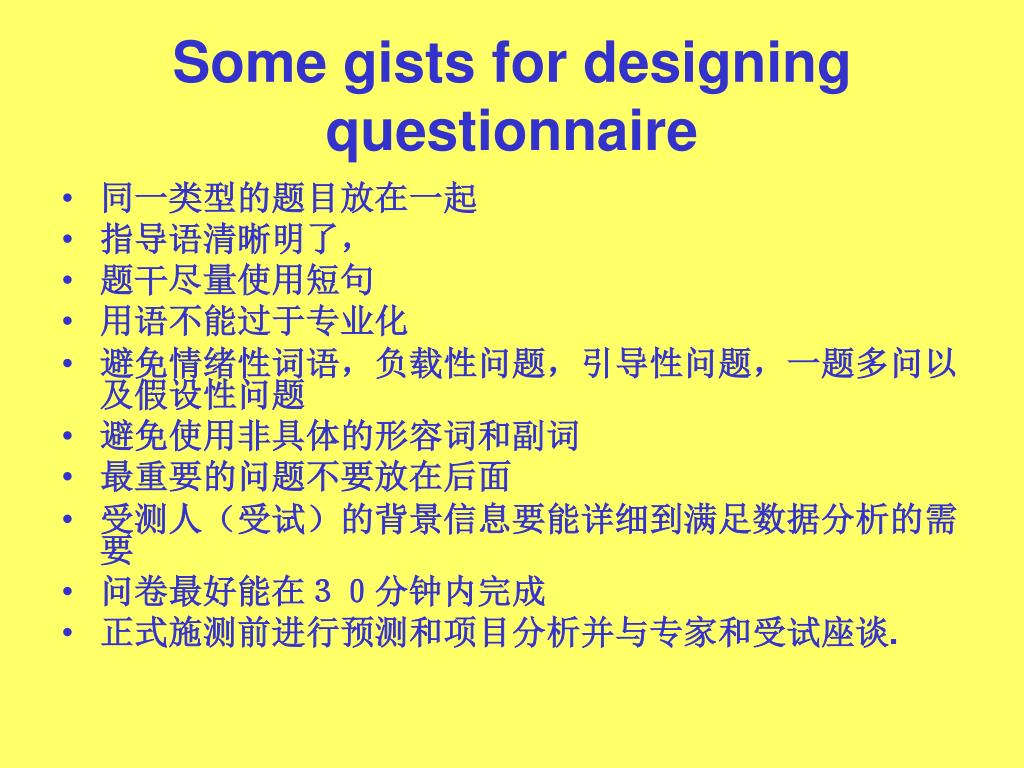

Intertrial sources arise from stimulus conditions prior to the current trial. Intratrial interference arises from stimuli present within the current trial, that is, concurrent with sample presentation, during the delay, or concurrent with the presentation of the comparison stimuli. Two sources of competing stimulus control over comparison selection have been studied, primarily using pigeons as subjects. One target of study is the stimulus control that may replace control by the sample (e.g., Edhouse & White, 1988 Mackay & Gould, 1992). Studies have sought to elucidate the variables controlling the maintenance and loss of stimulus control as a function of retention-interval duration (see Wixted, 1989 for a behavioral account of memory). The decreased accuracy shown at longer retention intervals indicates diminished sample-stimulus control of comparison selection. The classic finding, shown in rats (e.g., Harper, McLean, & Dalrymple-Alford, 1994), pigeons (e.g., Blough, 1959 Cumming & Berryman, 1965), monkeys (e.g., Wright, Urcuioli, & Sands, 1986), and humans (e.g., Constantine & Sidman, 1975 Dalton & Crapper-McLachlan, 1984), is that matching accuracy decreases as a function of increases in the retention interval. The duration of the retention interval can be varied across trials within a session, or held constant within a session and varied across sessions. We will refer to this as 2-sample matching.

In the most commonly used version of the procedure, the same two comparison stimuli are presented on each trial, and the function of the comparison stimuli can change on a trial-by-trial basis depending on which of the two samples is presented. A response to the comparison stimulus that is identical to the sample stimulus produces a reinforcer. A response to the sample removes it from the display and two or more comparison stimuli (e.g., a circle and a triangle) appear after a delay, or retention interval.
#Deltagraph free trial trial#
A delayed matching-to-sample trial begins with the presentation of a sample stimulus (e.g., a circle). There was a small but consistent increase in accuracy as a function of intertrial interval duration under the 2-sample procedure, but not under the trial-unique procedure.ĭelayed matching-to-sample (DMTS) procedures are widely used to assess, and to study variables related to, short-term memory in both human and nonhuman subjects. Experiment 2 manipulated intertrial interval duration. This source of competing stimulus control is not present in trial-unique procedures. Stimulus-control analyses indicated that, under the 2-sample procedure, the selection of the comparison stimulus on Trial N was often controlled by the comparison stimulus selection on Trial N-1 rather than the Trial-N sample stimulus.

Negative, exponential decay functions fit to logit p values showed that this difference was due largely to the steeper delay-mediated decline in sample control for the 2-sample procedure.

Across 2 experiments, 7 of 8 subjects showed the highest overall accuracy under the trial-unique procedure, and no subject showed consistently higher accuracy under the 2-sample procedure. In the 2-sample DMTS procedure, the same 2 comparison stimuli were presented on each trial, and their function changed quasi-randomly across trials conditional upon the sample stimulus. Thus, comparison stimuli that were correct on one trial were never incorrect on other trials in that session (or vice versa). In the trial-unique procedure, every trial in a session contained different stimuli. Two experiments compared delayed matching-to-sample (DMTS) accuracy under 2 procedures in adults with mental retardation.


 0 kommentar(er)
0 kommentar(er)
